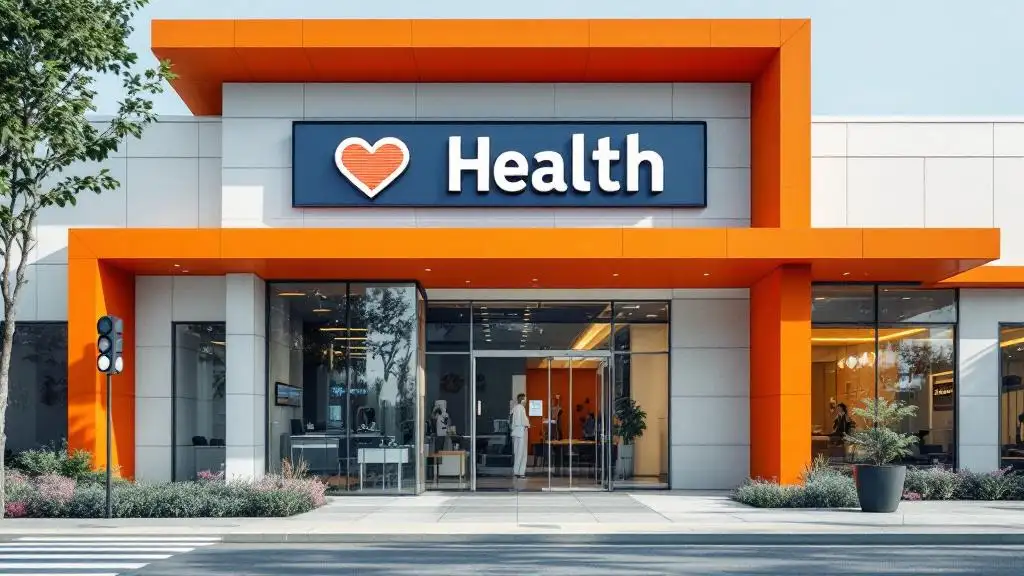Using Interactive Content to Educate Patients
Transforming Patient Engagement Through Digital Education Tools
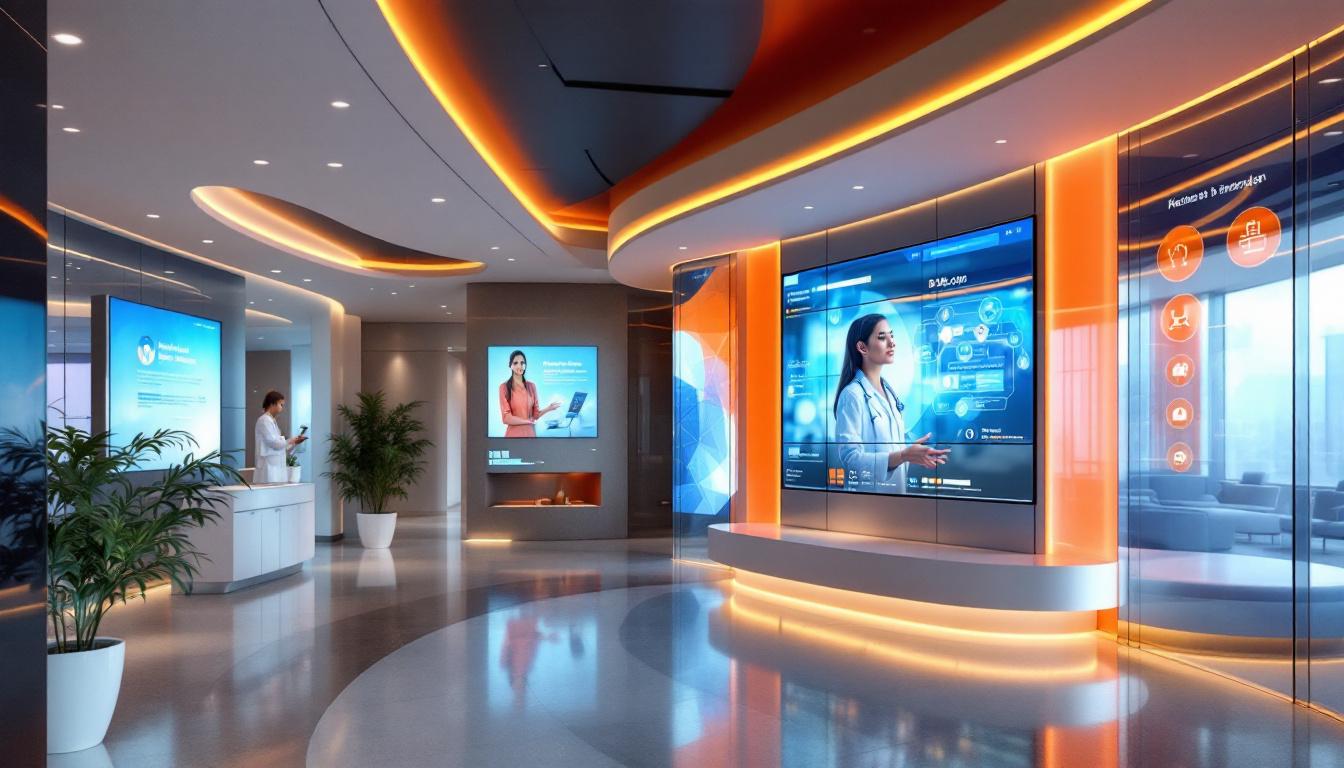

Using Interactive Content to Educate Patients
Revolutionizing Healthcare Communication with Interactive Technologies
The integration of digital health technologies has profoundly changed the landscape of patient education, creating more accessible, engaging, and personalized learning experiences. This article explores how interactive content—ranging from multimedia tools to innovative AI applications—can enhance understanding, promote active participation, and improve health outcomes across diverse healthcare settings.
Overview of Digital Health Technologies and Tools for Patient Education
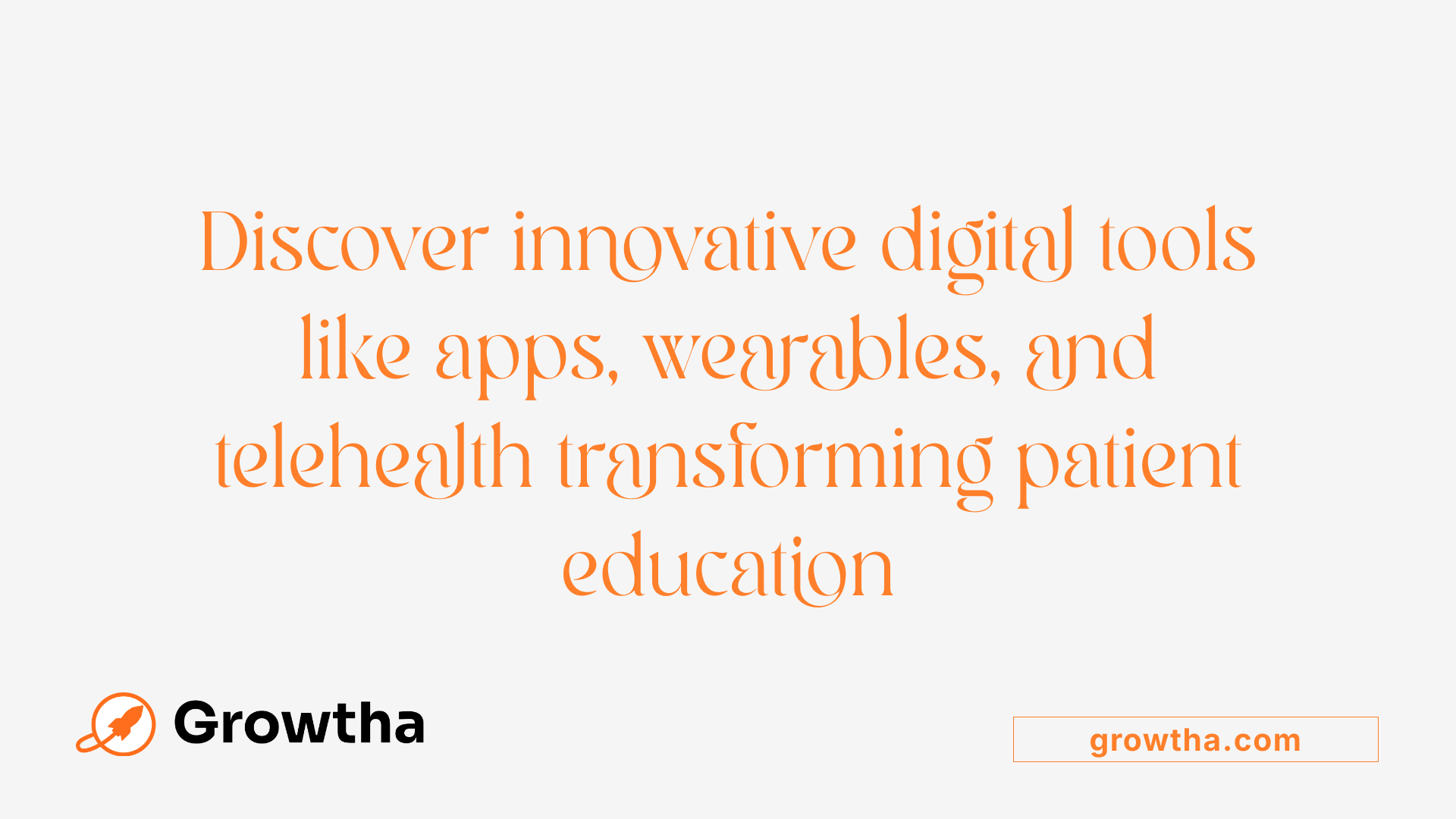
What are digital health technologies and tools used for patient education?
Digital health encompasses a wide range of innovative technologies aimed at enhancing patient education and engagement. These include mobile health applications, wearable devices, telehealth platforms, patient portals, digital therapeutics, social media, and virtual reality.
Mobile apps serve as accessible tools for delivering tailored educational content through multimedia formats like videos, quizzes, and interactive modules. They help patients understand their conditions, track health behaviors, and stay motivated. Wearable devices monitor biomarkers such as heart rate, sleep, and activity levels, providing real-time feedback and fostering personalized health insights.
Telehealth platforms enable remote diagnosis, monitoring, and treatment, expanding access to healthcare services, especially in chronic disease management. Patient portals offer secure, online access to health information, test results, and educational resources, making health data readily available.
Digital therapeutics are evidence-based programs, often FDA-approved, prescribed to treat or manage diseases through interactive and personalized digital interventions. Social media platforms act as spaces for health education, emotional support, and data collection, positively influencing behaviors like weight loss and smoking cessation.
Emerging tools like virtual reality create immersive experiences that facilitate experiential learning, helping patients better prepare for procedures or understand complex medical concepts. Overall, these technologies improve health literacy, foster patient involvement, and help achieve better health outcomes.
| Technology Type | Main Function | Benefits | Examples |
|---|---|---|---|
| Mobile apps | Education & self-management | Personalized, accessible | MyFitnessPal, Omada Health |
| Wearable devices | Biomarker monitoring | Real-time feedback, customized insights | Fitbit, Apple Watch |
| Telehealth platforms | Remote care delivery | Expanded access, convenience | Teladoc, Amwell |
| Patient portals | Access to health info | Enhances communication, understanding | MyChart, HealtheLife |
| Digital therapeutics | Disease management | Evidence-based, modifiable | Pear Therapeutics, reSET |
| Social media | Education & support | Community engagement | Facebook health groups |
| Virtual reality | Experiential learning | Complex concept visualization | Oculus VR health modules |
In sum, digital health tools leverage multimedia, interactivity, and data analysis to deepen patient understanding, support active participation, and improve health outcomes.
Strategies and Approaches for Using Interactive Content Effectively
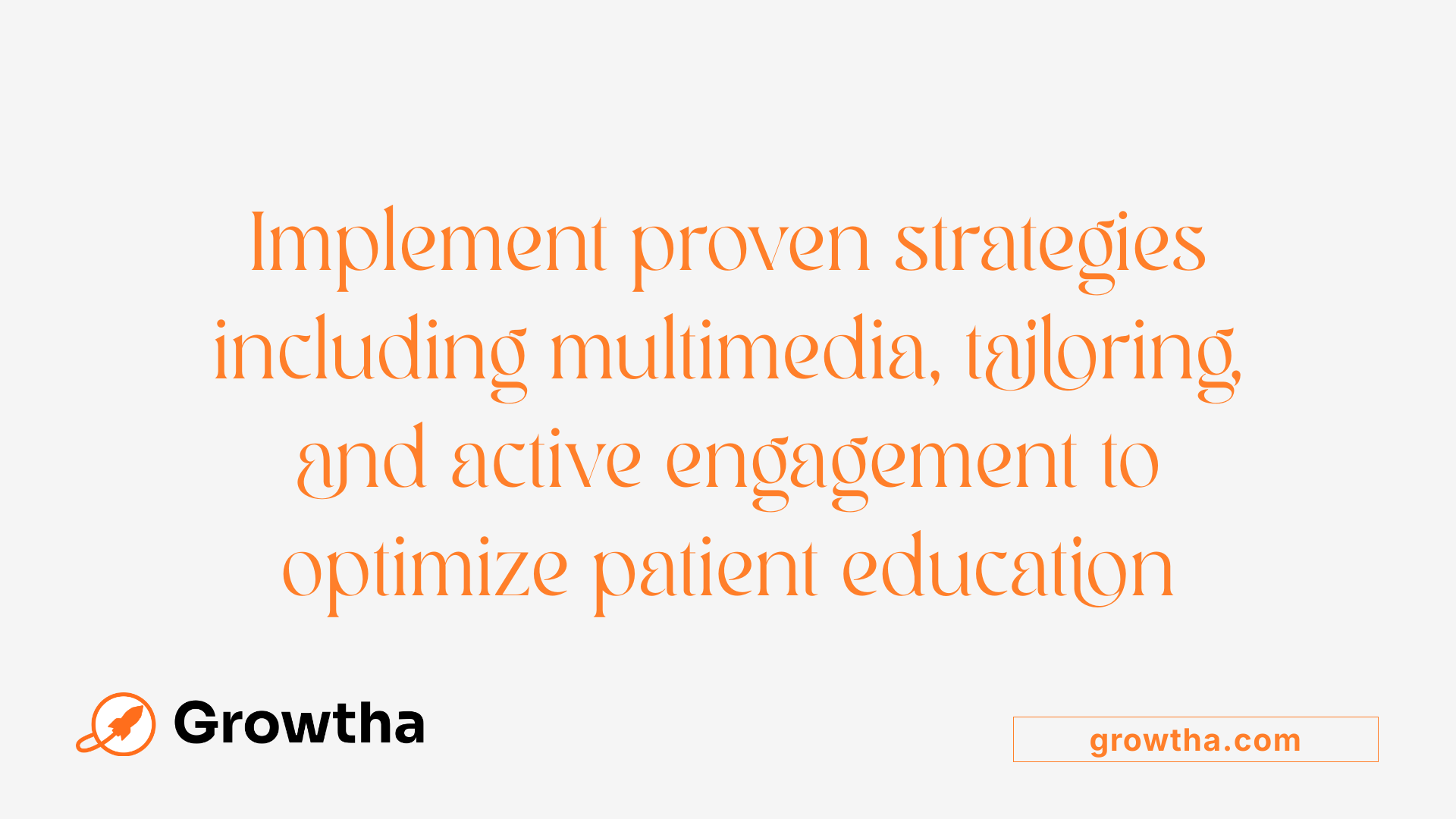
What are effective strategies and approaches for using interactive content to educate patients?
Utilizing technology to enhance patient education involves multiple thoughtful strategies. One effective approach is integrating various multimedia tools—such as videos, 3D images, animations, and interactive games—to create engaging learning experiences. These tools appeal to different learning styles and significantly improve information retention. Visual and auditory content resonate particularly well with the majority of people who are visual learners, helping them grasp complex medical concepts more easily.
Tailoring educational materials to match individual learning needs and health literacy levels is also crucial. Customizable content ensures that information is accessible and relevant, which boosts motivation and understanding. For example, animations that explain procedures in the patient’s native language and culturally sensitive formats have been shown to increase health literacy for low-literacy populations.
Incorporating two-way communication methods like real-time feedback, chatbots, and teach-back techniques fosters active patient engagement. These approaches enable healthcare providers to verify understanding, address misconceptions, and adapt educational content dynamically. The teach-back method, in particular, has proven effective in confirming retention by asking patients to repeat or demonstrate their understanding.
Digital platforms such as mobile applications, telehealth services, and integrated electronic health records play a vital role in delivering consistent, personalized information conveniently. These platforms support features like tailored quizzes, symptom checkers, and reminder notifications, which maintain patient interest and participation.
Finally, systematically tracking patient progress and health outcomes through these educational tools can inform further customization and optimization. By analyzing engagement data and health improvements, providers can refine their strategies, making education more effective and aligned with each patient’s needs.
Overall, combining multimedia content, personalized design, interactive communication, and continuous assessment creates a comprehensive approach to effective patient education. These strategies not only enhance understanding but also encourage active participation, leading to better health behaviors and improved outcomes.
Benefits of Interactive Multimedia in Patient Education
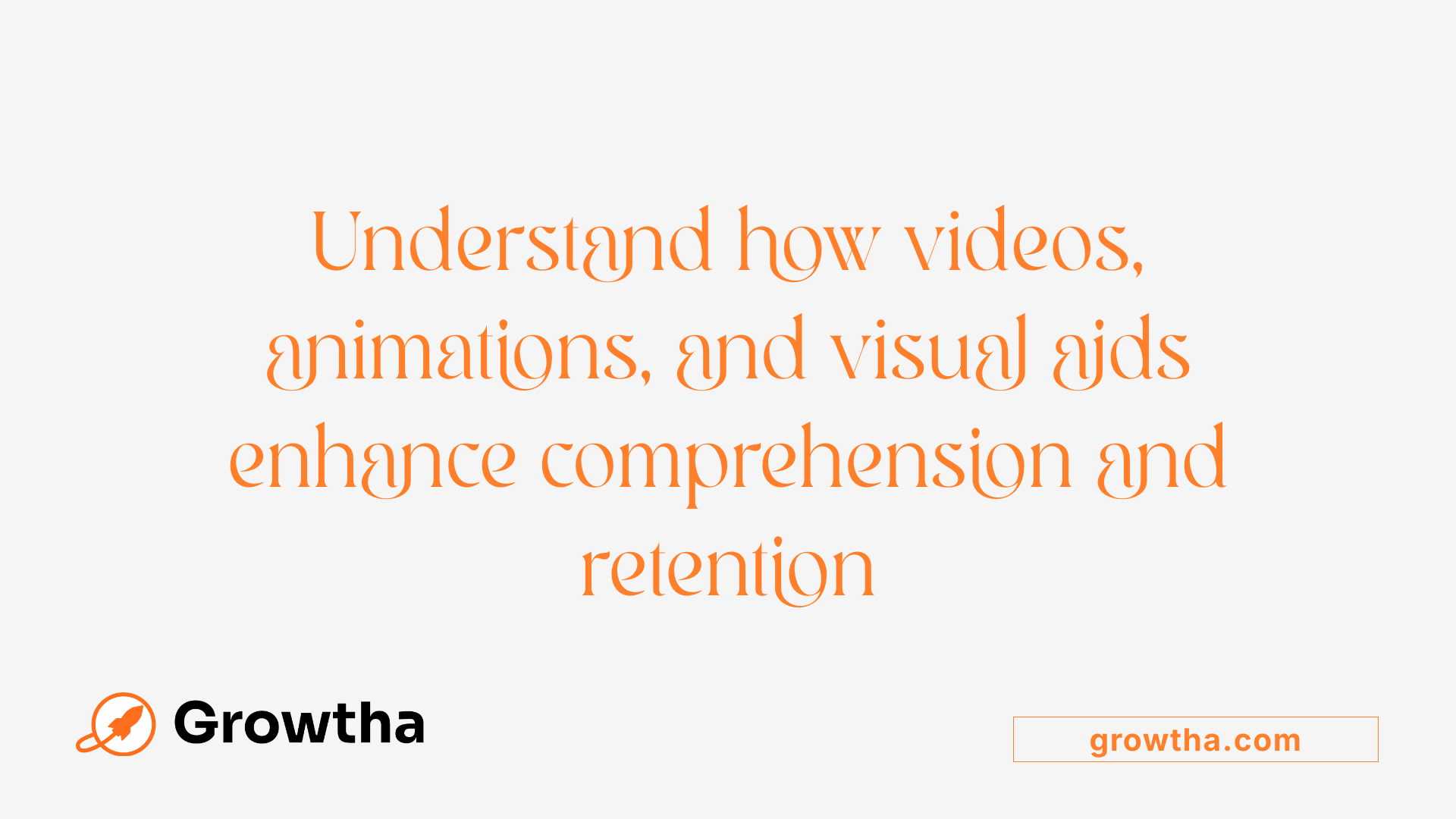
How does interactive multimedia, like videos and animations, benefit patient education?
Interactive multimedia tools, including videos, animations, and visual aids, have transformed patient education by making complex health information more understandable and memorable. These formats appeal to various learning styles—visual, auditory, and kinesthetic—ensuring that more patients grasp essential concepts effectively.
For individuals with low health literacy or language barriers, multimedia resources can bridge gaps that traditional written materials often cannot address. For instance, animations can visually demonstrate how a medical procedure is performed, and videos can explain medication routines or lifestyle modifications clearly.
Research supports their effectiveness; animations can clarify scientific explanations, such as how medications work or how the heart functions, which often intimidate or confuse patients when presented as text alone. Visual and dynamic content also reduce anxiety and improve patient confidence.
Moreover, multimedia tools foster active participation, essential for patient-centered care. Interactive elements like quizzes, feedback prompts, or virtual simulations encourage patients to engage deeply with their health data, enhancing understanding and retention.
This engagement translates into better health behaviors, such as medication adherence and lifestyle changes, ultimately leading to improved outcomes. Patients report higher satisfaction levels when education is personalized, accessible, and involves their active input.
In summary, incorporating animations, videos, and visual aids into health education not only makes understanding easier but also empowers patients to make informed decisions about their care. Well-designed multimedia resources support learning, reduce misconceptions, and promote healthier behaviors, contributing to more effective healthcare delivery overall.
Designing and Implementing Effective Interactive Educational Content
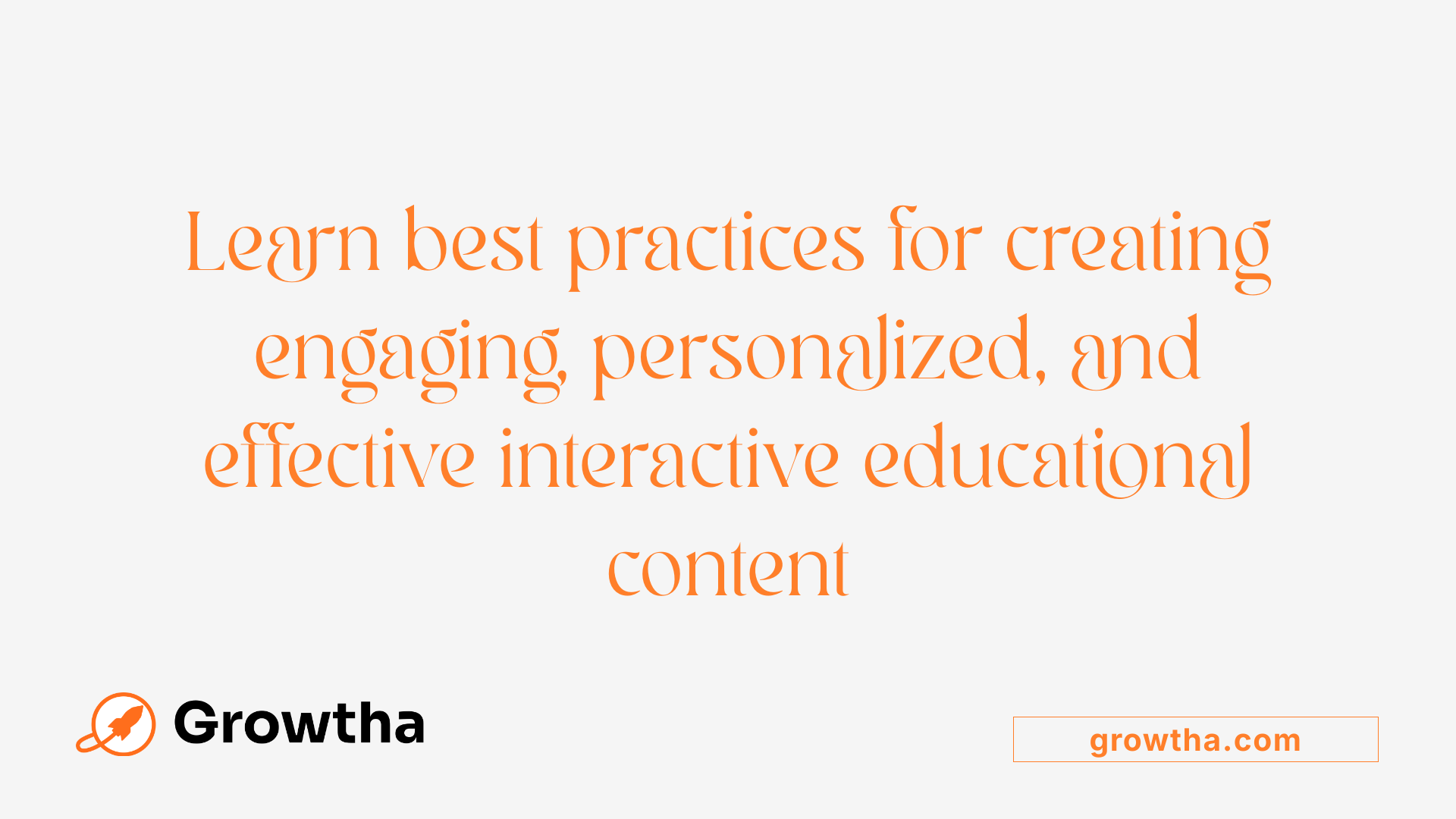
What are the best practices for designing, developing, and implementing interactive educational content?
Creating impactful digital education tools involves a thoughtful, learner-centered approach. First, understanding the specific needs and preferences of the target audience is crucial. This can be achieved through developing learner personas, conducting surveys, or analyzing engagement data. Tailoring content to meet these needs enhances relevance and motivation.
Incorporating multimedia elements like videos, animations, infographics, and audio makes the content more engaging and caters to various learning styles. Active learning strategies, such as quizzes, polls, scenario simulations, and breakout discussions, encourage participation and deeper understanding.
Storytelling is an effective method for contextualizing information, making complex topics more relatable. To avoid overwhelming learners, content should follow principles of cognitive load management. This includes segmenting information into manageable chunks, using signaling techniques like headings and highlights, and removing extraneous details.
Interactive tools should be diverse and include features like quizzes to assess knowledge, polls for feedback, collaborative activities like group tasks, and real-time Q&A. Such tools foster engagement and accommodate different learning preferences.
Finally, continuous improvement is vital. Collecting user feedback, analyzing engagement metrics, and updating content regularly ensure that educational materials stay relevant, effective, and responsive to users’ evolving needs. Iterative refinements, guided by data and learner input, optimize the learning experience and improve outcomes.
This systematic approach, combining understanding of learners, multimedia integration, active participation, and ongoing enhancement, forms the backbone of successful digital patient education.
Application of Digital and Interactive Methods in Healthcare Settings
How are digital and interactive methods applied in healthcare settings such as virtual care and rehabilitation?
Digital and interactive technologies are transforming healthcare delivery, particularly in virtual care and rehabilitation. Telehealth platforms facilitate remote diagnosis, monitoring, and treatment, allowing patients to consult with healthcare providers without visiting clinics. These tools improve access for underserved populations and those in remote locations.
In physical therapy and pediatric rehabilitation, virtual reality (VR), wearable sensors, and mobile apps are being used to enhance patient engagement and motivation. VR creates immersive experiences that can simulate real-world environments, making exercises more engaging and effective. Wearable devices monitor biomarkers such as heart rate, physical activity, sleep, and stress, providing real-time data that patients and providers can use to tailor treatment plans.
Remote sensing and mobile health applications are especially effective for managing chronic diseases like diabetes. Patients can track their behaviors, receive personalized feedback, and adhere more closely to medication schedules through mobile apps that send push notifications and educational content.
Despite the many benefits, challenges remain, including the need for reliable infrastructure and training for healthcare providers and patients. Ensuring data security and patient privacy is also critical.
Overall, these digital approaches enhance healthcare accessibility, improve patient adherence, and support better health outcomes. They are especially valuable in managing long-term conditions and providing continuous care outside traditional clinical settings.
Research Evidence Supporting Interactive Content in Patient Education
What research supports the use of interactive content for improving patient engagement and learning?
Numerous studies highlight the positive impact of interactive content in patient education. Research indicates that digital tools, such as audience response systems (ARS), can serve as effective educational aids. In a recent randomized, prospective cohort study involving 260 patients with cardiovascular diseases, the use of ARS resulted in significant short-term improvements in patients' knowledge immediately after educational sessions. However, the study noted that these gains did not persist long-term, with no significant differences observed at discharge, three months, or one year later. Despite this, the positive trend in mental and physical health outcomes suggests that interactive methods like ARS can contribute to better health trends.
A systematic review of 21 randomized controlled trials covering over 4,100 participants revealed that 69% of outcomes showed benefits when using smartphone and tablet-based educational apps. Short-duration interventions—less than a month—paired with frequent notifications (at least once weekly) demonstrated higher effectiveness, especially in improving satisfaction, adherence, and clinical results.
Overall, evidence consolidates the idea that incorporating technology-driven interactive content—such as quizzes, gamification, virtual simulations, and personalized videos—can enhance understanding, motivation, and patient satisfaction. These tools are especially effective for visual learners and when delivered in engaging, timely ways.
Summary in table format:
| Study Type | Sample Size | Intervention Type | Short-term Effectiveness | Long-term Effectiveness | Highlights |
|---|---|---|---|---|---|
| RCT | 260 patients | Audience response system during cardiac rehab | Significant knowledge gain | No significant long-term retention | Improves immediate knowledge, potential health trend benefits |
| Systematic review | 4,106 participants | Smartphone/tablet apps | 69% success rate; higher (<1 month interventions) | Less clear, but positive trends seen | Mobile apps boost satisfaction, adherence, and clinical outcomes |
In conclusion, interactive content—such as ARS, mobile apps, virtual simulations, and videos—has reliable support for enhancing short-term understanding and potentially influencing long-term health improvements. As technology advances, integrating these tools into patient education strategies promises to yield more engaged, informed, and healthier patients.
Future Perspectives: Emerging Technologies in Patient Education
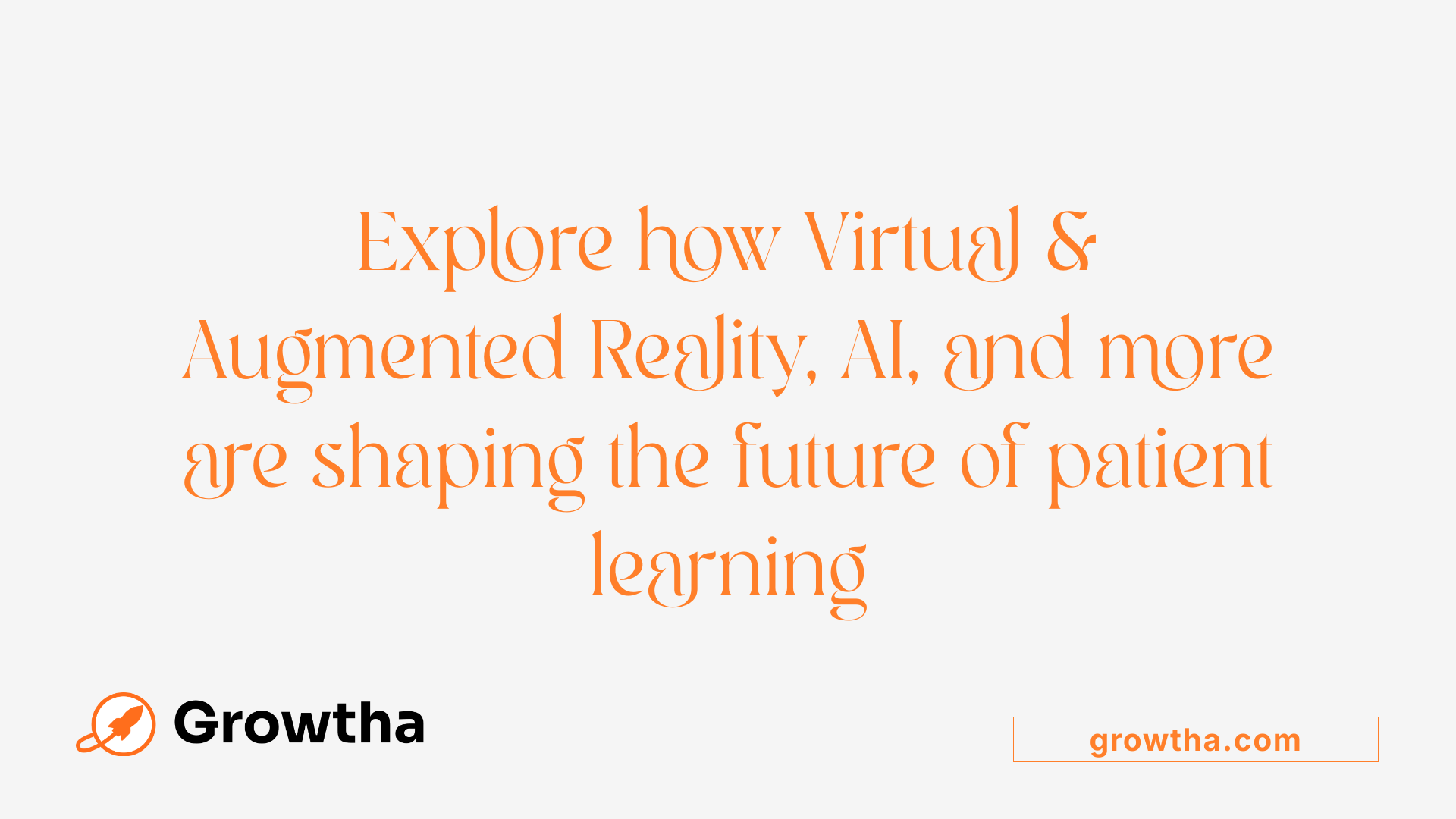
Virtual reality and augmented reality for immersive learning
Virtual reality (VR) and augmented reality (AR) are transforming patient education by providing immersive experiences. These technologies allow patients to explore their health conditions or understand complex procedures like surgeries or radiation therapy in a virtual environment. Studies from 2023 show VR and AR help reduce patient anxiety and improve understanding, making procedures less intimidating.
Generative AI applications in personalized education
Generative AI is increasingly used to create personalized educational content for patients. These tools can develop tailored videos, explanations, and simulations that match an individual's health literacy level and specific health concerns. For example, AI-powered modules can adapt information delivery based on patient responses, making learning more relevant and engaging.
Data analytics and machine learning for tailored interventions
Advanced data analytics and machine learning algorithms analyze extensive health data to optimize patient education strategies. By predicting patient needs and behaviors, these technologies enable healthcare providers to deliver targeted messages and interventions, improving adherence and health outcomes.
Incorporation of multilingual and culturally sensitive content
To promote health equity, digital education tools are incorporating multilingual options and culturally sensitive materials. This ensures that diverse patient populations understand and relate to health information, fostering trust and engagement across different communities.
Potential challenges such as accessibility and privacy concerns
Despite these innovations, challenges remain. Accessibility issues, such as digital divides and disabilities, can limit some patients from benefiting fully. Privacy concerns about data collection and use also necessitate stringent safeguards to protect patient information, ensuring compliance with regulations like HIPAA.
| Technology | Application | Benefits | Challenges |
|---|---|---|---|
| Virtual & Augmented Reality | Immersive learning experiences | Reduce anxiety, improve understanding | Cost, technology access |
| Generative AI | Personalized content creation | Engagement, relevance | Data privacy, bias |
| Data Analytics & Machine Learning | Tailored interventions | Better outcomes, adherence | Data security, complexity |
| Multilingual/Culturally Sensitive Content | Inclusive education | Broader reach, trust | Resource intensive |
| Accessibility & Privacy | Ensuring safe technology use | Equity, confidentiality | Digital divides, regulations |
As digital health continues to evolve, integrating these emerging technologies promises a more engaging, personalized, and effective approach to patient education, while addressing ongoing challenges.
Shaping the Future of Patient-Centered Care with Interactive Learning
The evolving landscape of digital health and interactive content signifies a paradigm shift in patient education. By leveraging innovative technologies such as virtual reality, AI, and mobile apps, healthcare providers can deliver highly personalized, engaging, and accessible learning experiences. These advances not only improve knowledge retention and health literacy but also foster stronger patient-provider relationships and empower individuals to take charge of their health. As emerging tools continue to evolve, focused on empathy, inclusivity, and evidence-based practices, the future of patient education promises to be more collaborative, effective, and patient-centered.
References
- Utilizing Digital Health Technologies for Patient Education in ...
- Interactive patient education via an audience response system in ...
- Educating Patients by Providing Timely Information Using ...
- Interactive Patient Communication: Understanding Adult Learning
- Interactive Patient Education: Reach Patients Where They Are
- How Interactive Patient Education is Changing Health Care - Rendia
- Healthcare Videos and Interactive Tools for Patient Engagement
- 6 Interactive Content Ideas For Health Websites - Aha Media Group





